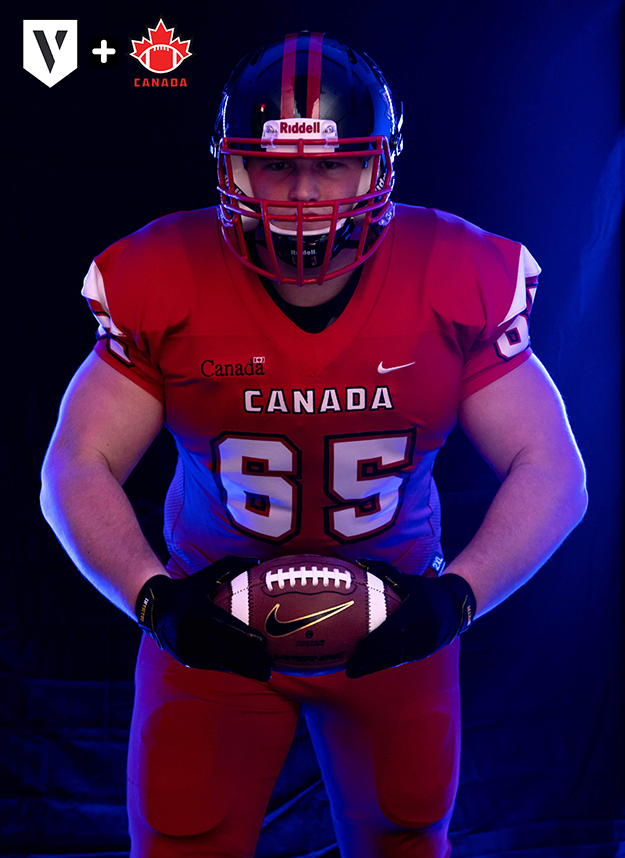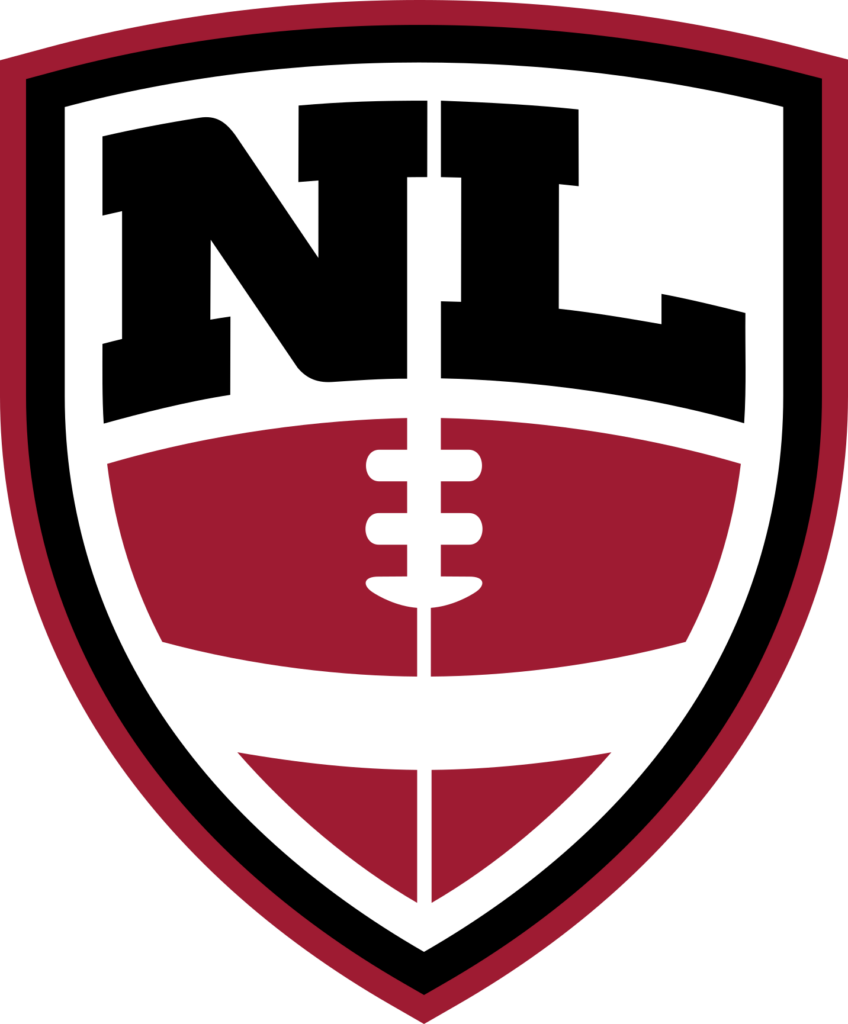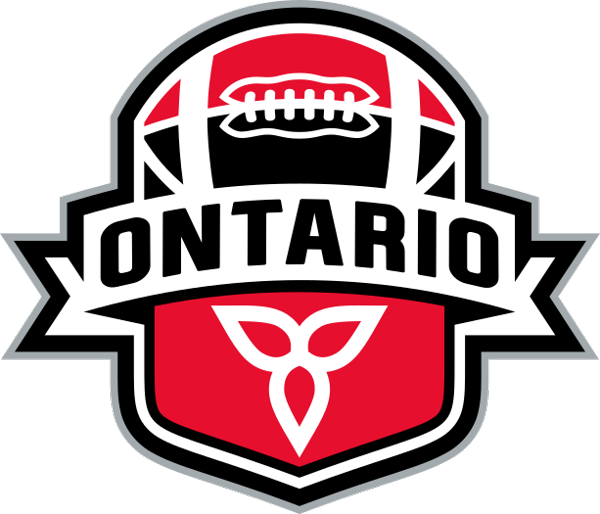3 Reasons Football Players MUST Strength Train
The good news is that most football programs have adopted some system of strength and conditioning to prepare their players. But if you’re not currently training your players on a periodized strength training program, designed by a certified strength coach for the specific demands of football, you might not be doing enough to reduce your athletes’ risk of injury.
Want your team to train on Volt? Click Here
1. Muscle Mass + Durability

Big muscles aren’t just about looks—an athlete’s size can play a critical role in their safety on the football field. Training for hypertrophy (increased muscle size) not only sets the stage for greater strength gains down the road, but it also helps ensure athletes are prepared to withstand inevitable contact on the field. Increasing muscle mass through strength training and proper nutrition allows athletes to reach a size that allows them to compete safely, by improving their overall durability.
Training for hypertrophy requires performing a high volume of reps (6-12) at a moderately high intensity (60-75% 1RM), a protocol that also carries a neuromuscular benefit for football players. The increased time under tension during hypertrophy sets helps solidify neural pathways between the brain and muscles, helping to ingrain proper movement patterns—key for both athletic performance and safety. An athlete who has developed neuromuscular control and strength through the full range of motion in a squat, for example, is likely to both exert more force into the ground while sprinting and sustain a lower risk of ACL injury than an athlete who has never strength trained.
2. Explosiveness

Good football players get off the line quicker, sprint faster, and make more powerful blocks than less-explosive athletes. And an athlete’s ability to be explosive is directly related to their ability to express high levels of force—in other words, athletes with greater strength levels have the potential to produce more power (explosiveness) than weaker athletes.
This is where training on a properly periodized strength and conditioning program can make the difference. How you organize your team’s training affects how an athlete develops different adaptations. Hypertrophy sets the stage for developing strength, for example, and strength is a prerequisite for power. Developing the proper training attributes in the correct order will allow athletes to maximize their ability to produce force quickly, and translate that explosiveness to the field. And a good program will not only develop these athletic qualities in the proper order, but also move from general strength-building movements to more sport- or position-specific skills as the season approached, to effect the best transfer from weight room to the field.
3. Injury Prevention

*Research has shown that athletes who strength train on a periodized training program, designed to strategically peak them for the demands of the football season, reduce their risk of getting injured—this is the single most important benefit of strength training for football athletes! In addition to the neuromuscular benefits of ingraining good movement patterns, strength training improves an athlete’s resilience on the field by strengthening muscles, bones, and connective tissues (like tendons and ligaments). Athletes who strengthen the muscles needed to land safely after jumping up for a catch, for example, and practice good landing mechanics in the weight room are less likely to roll an ankle during a game.
The most commonly injured areas in football are the neck/head, knee, and ankle, and a properly designed strength training program will include exercise designed to strengthen and stabilize these areas. But in addition to contact injuries, football athletes have to combat non-contact injuries (like hamstring tears), which can be just as devastating to an athlete’s health and the team’s success. Paying attention to how your athletes move—both on the field and in the weight room—can help you identify potential areas of restricted mobility that can lead to soft tissue injury down the road. Players with chronically tight hamstrings, for example, may have a greater risk of pulling a hamstring during a max-effort sprint. A properly designed conditioning program will also help prevent non-contact injuries by progressing athletes at an appropriate rate, without overloading volume too quickly.
The Takeaway
The bottom line: if your football team isn’t training on a comprehensive S&C plan, designed for the specific performance and safety requirements of football and customized to each position group, you may be putting your athletes at risk. Strength training is a football athlete’s best chance of staying healthy throughout the season, and it’s the coach’s responsibility to ensure athlete safety above all else.
Volt offers both general and position-specific football strength and conditioning programs, personalized to each athlete’s individual strength levels and designed by CSCS-certified strength coaches. Click here to learn more about what Volt can do for your team.

*References:
Faigenbaum, A.D., Meyer, G.D. (2010). Resistance training among young athletes: safety, efficacy and injury prevention effects. British Journal of Sports Medicine, 44(1). 56-63.
Haff, G.G., Triplett, N.T. (2015). Essentials of Strength Training and Conditioning (4th ed.). Champaign, IL: Human Kinetics.
Young, W.B. (2006). Transfer of strength and power training to sports performance. International Journal of Sports Physiology and Performance, 1. 74-83.







